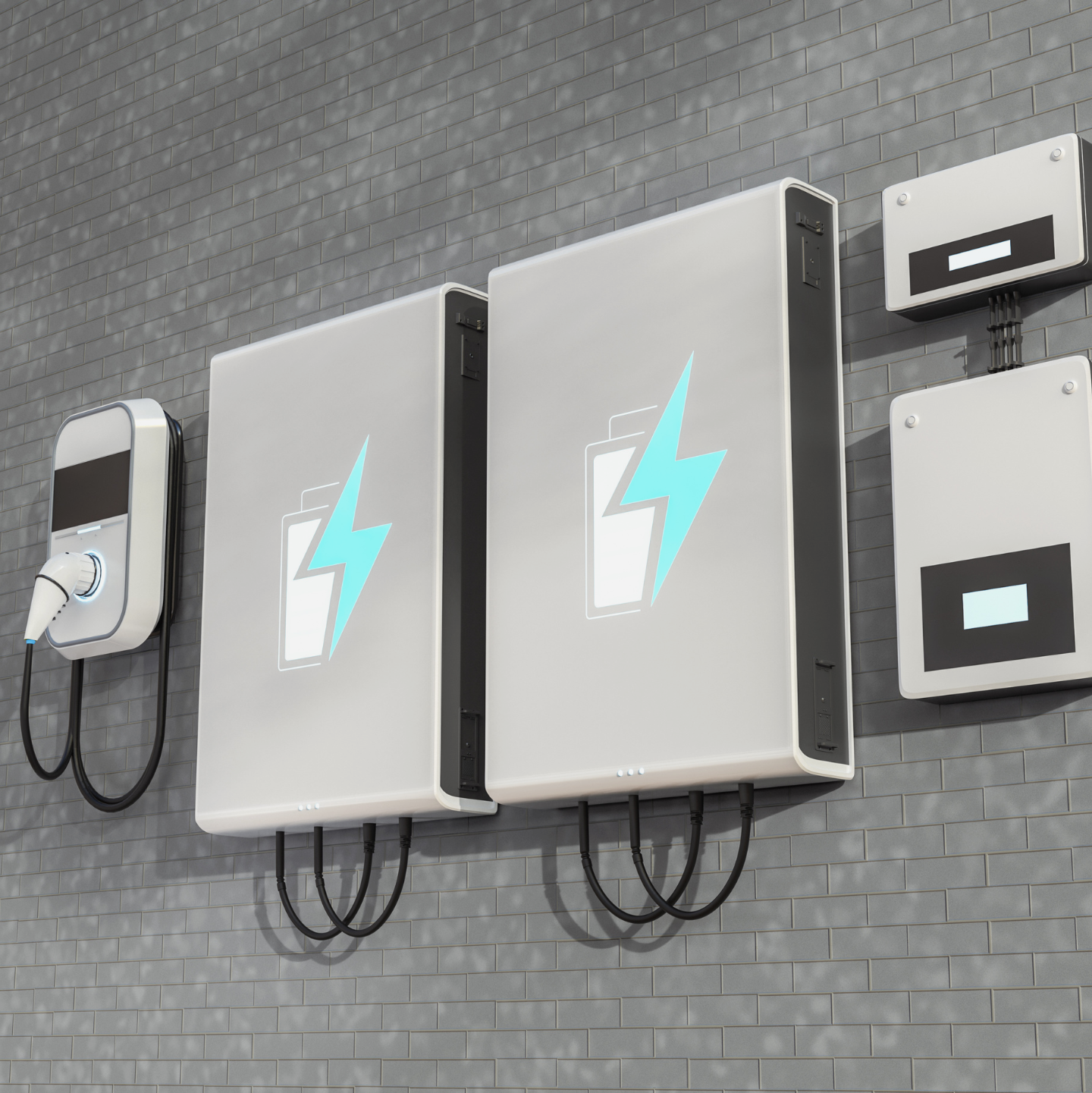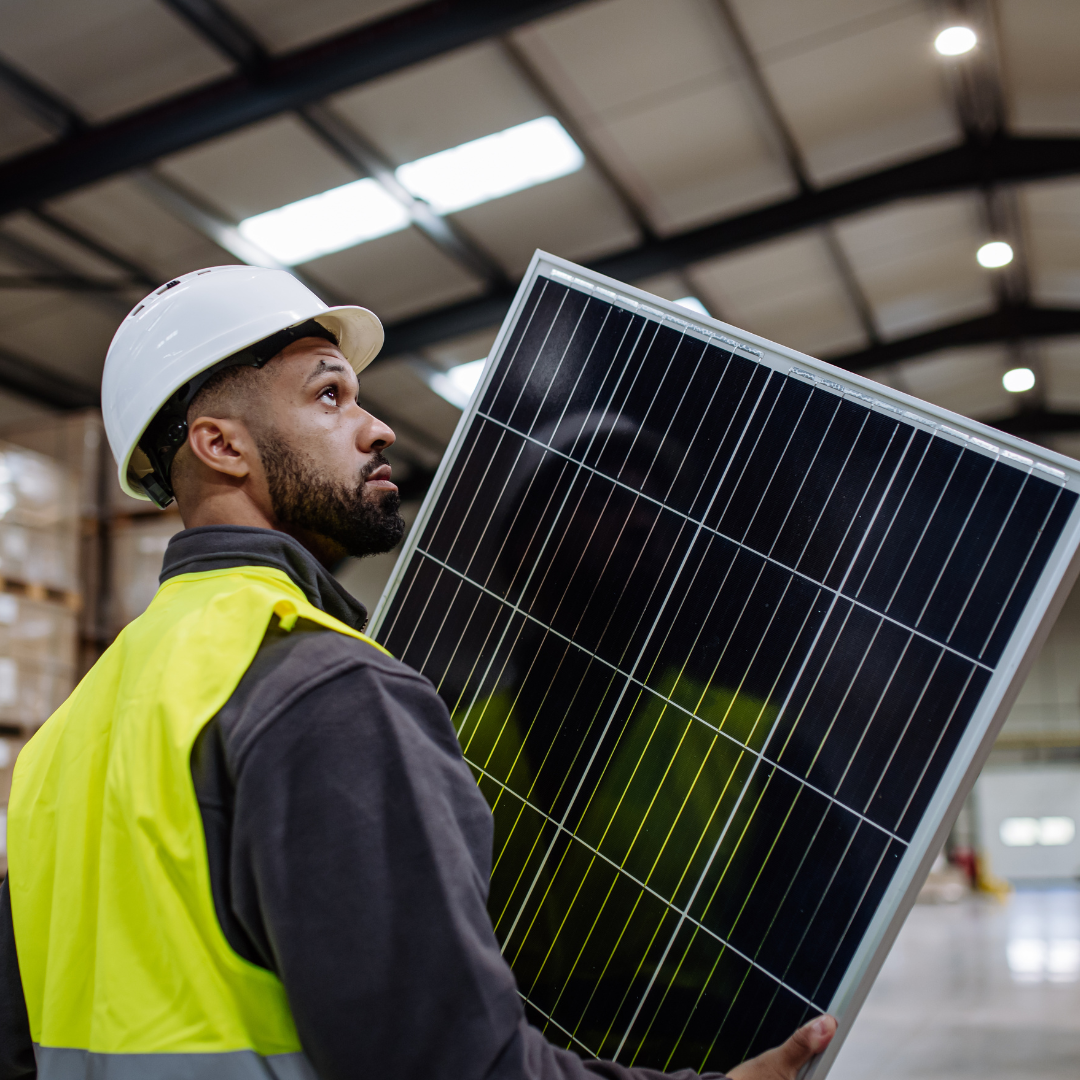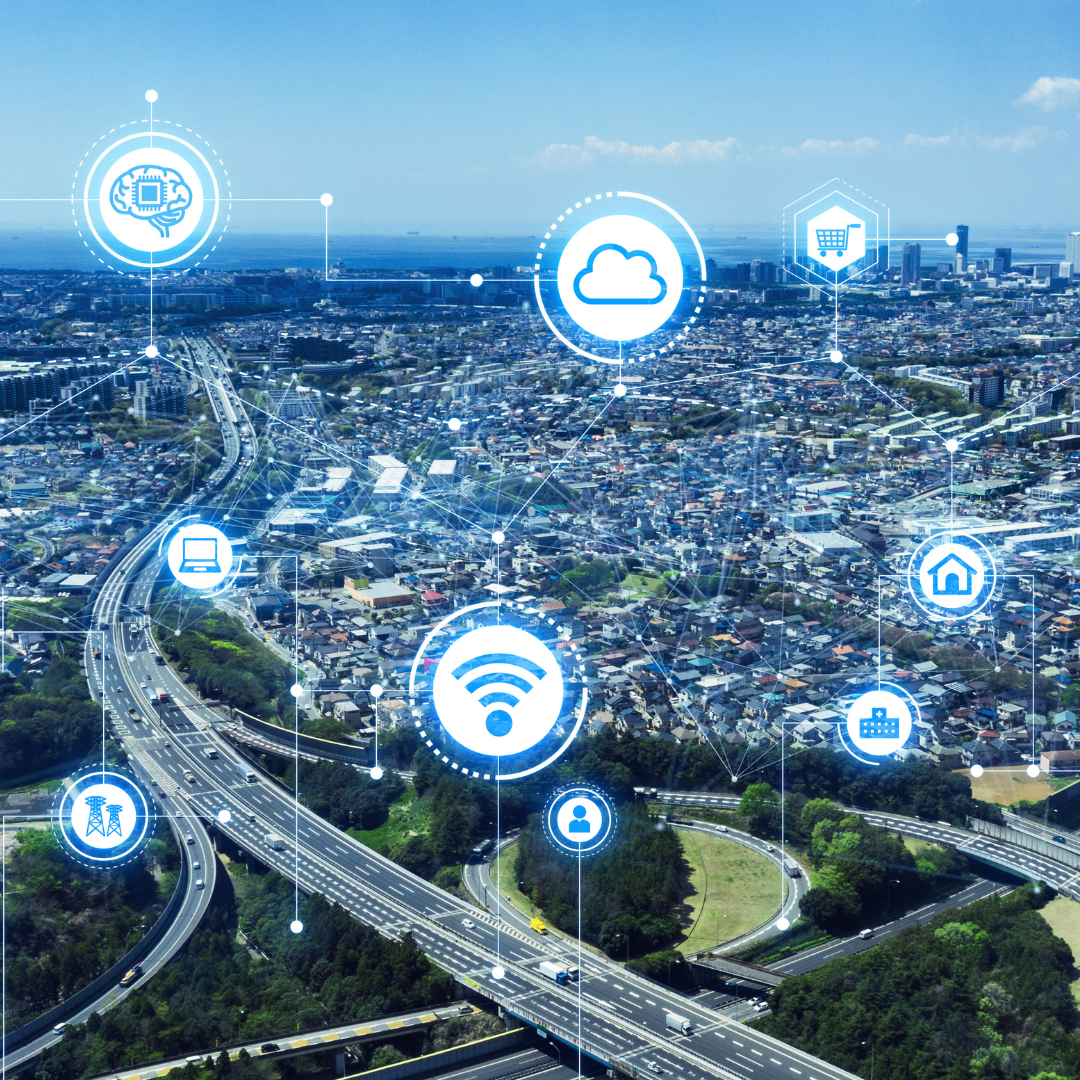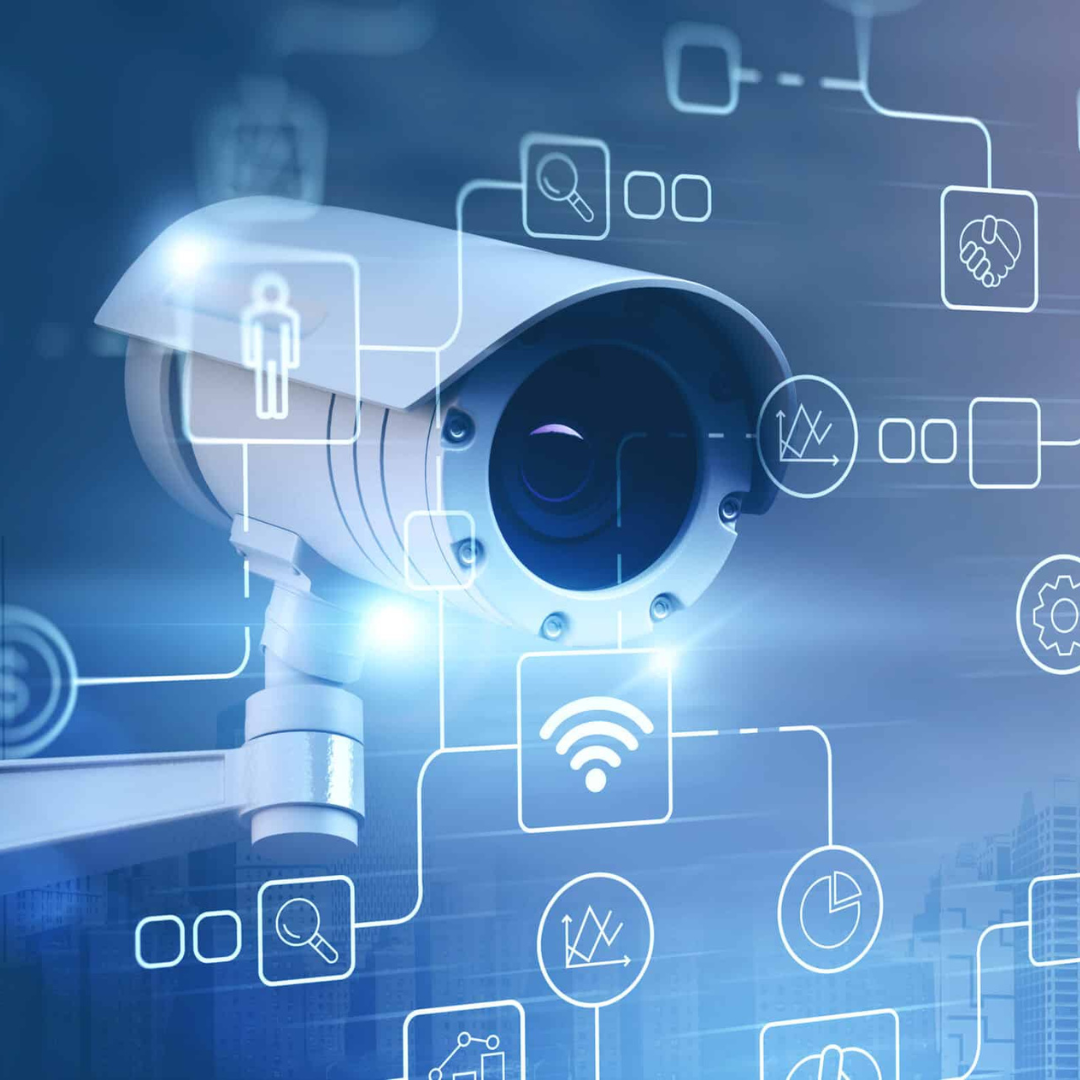Hybrid Backup Power Strategies: Combining Solar, Batteries and Generators for Continuous Power
2025-08-29 18:09:23

TL;DR
This guide explains how hybrid backup power strategies integrate solar photovoltaic panels, battery‑based uninterruptible power supplies (UPS) and generators to give South African SMEs continuous power during load shedding.
By combining these technologies, you can reduce diesel costs, protect equipment from surges and enjoy long‑term savings.
The article covers design considerations, cost factors, examples and how Daisy can help.
Why Do SMEs Need Hybrid Backup Systems?
Load shedding disrupts operations, damages equipment and hurts profits. During Stage 6, major retailers spend tens of millions of rand on diesel each month which is at level SMEs cannot match.
- Relying on a single generator misses the opportunity to maximise diesel spend and may risk damaging sensitive electronics.
- Solar panels alone can’t cover night‑time outages, and UPS devices have limited runtime.
- A hybrid approach that blends solar, battery storage and generators delivers resilience while managing costs.
Components of a Hybrid Backup Power System
Hybrid systems typically include three elements:
- Solar panels - Harvest free sunlight during the day.
- Battery storage (UPS) - Store energy and act as an uninterruptible power supply, smoothing out surges and bridging short outages
- Generators - Provide high‑power backup when extended outages or heavy loads exceed battery capacity.
South African users note that while solar and battery systems require an initial investment, they lower energy costs over time and reduce diesel usage during severe load shedding.
Why a Hybrid Approach Works
Combining all three technologies provides continuous power while minimising fuel usage.
- During daylight hours solar panels feed your equipment and charge the batteries.
- When the sun sets or clouds roll in, the battery takes over.
- Only when battery charge runs low does the generator start, reducing diesel consumption and saving money.
- The UPS also shields sensitive electronics from surges and delivers seamless switch‑over during outages.
Designing Your Hybrid Solution
Designing a hybrid system starts with a power audit: list critical equipment (servers, phones, lights) and how long they must operate during a blackout.
This determines the size of your solar array, battery bank and generator. A smart controller manages the hand‑off between energy sources and ensures smooth operation.
Work with certified installers to select safe components and integrate surge protection.
Cost Considerations and ROI
The largest cost of a hybrid solution is the initial purchase and installation of panels, batteries and a generator. However, your operating costs drop dramatically because you consume less electricity from Eskom and burn less diesel. When diesel prices spike and load shedding intensifies, these savings compound quickly.
Financing options such as DaisyFin help spread the upfront cost over several years, preserving cash flow while still delivering immediate resilience.
Implementation Steps for SMEs
Getting started is straightforward: identify your critical equipment and estimate how long it must operate during an outage, consult a certified installer like Daisy to design and finance the system, then install and test it under load.
Continuous monitoring helps you adjust as your needs change.
Real‑World Example
A Johannesburg SME installed 5 kW of solar panels, a 10 kWh battery and a 15 kVA generator. The system powers the office during daylight, then switches to battery backup and runs the generator only when needed, resulting in a 70 % reduction in diesel consumption and no downtime.
Conclusion
Relying solely on generators or UPS devices leaves SMEs vulnerable to escalating fuel costs and equipment damage.
Hybrid backup power strategies combine solar, battery storage and generators to deliver continuous power, protect sensitive equipment and reduce long‑term costs.
By carefully assessing your needs, sizing components correctly and partnering with a trusted provider like Daisy, you can build an energy‑resilient business.
Ready to secure your operations?
Contact Daisy for a free energy audit and find out how a hybrid solution can safeguard your SME.
FAQs
How does a hybrid power system work?
A hybrid system integrates solar panels, battery storage (UPS) and a generator. Solar energy charges the batteries and powers daytime loads. When batteries drop below a threshold or during heavy loads, the generator automatically starts. This arrangement reduces fuel usage and ensures uninterrupted power.
What size backup system does my SME need?
It depends on your critical loads and how long they must operate during an outage. Conduct a free power audit with Daisy’s energy experts to determine appropriate solar, battery and generator sizes.
Is a hybrid system more expensive than a generator alone?
The upfront cost is higher, but long‑term savings from reduced diesel consumption and lower electricity bills often offset the investment. Financing options can spread the cost over time.


